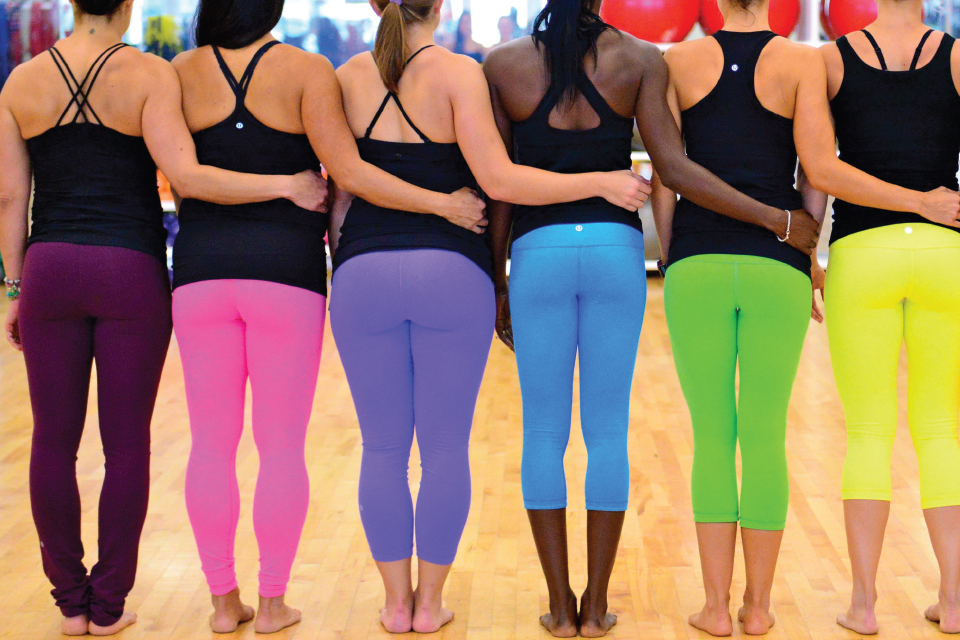Starting the Conversation on Athletic Incontinence

Nearly six weeks after giving birth to her first daughter, Zoë, Brooke Solis couldn’t wait to hit the gym again.
“I went to a workout that involved jumping jacks,” she said. “We started jumping and I was like, ‘Oh my!’ I ran out of the workout and cried the whole way home.”
Athletic incontinence, or urinary leakage during workouts, is something that happens to many, many women. In fact, it is the bane of many female athletes, not just new mothers. Yet few are willing to talk about the embarrassing disposition, and many have no understanding of what it is until they experience it. According to the Office of Women’s Health, U.S. Department of Health and Human Services, millions of women experience incontinence, which happens when the bladder muscles suddenly contract or as the sphincter muscles weaken over time. New evidence also points to strenuous core activity as a cause.
“It’s a very common problem, but not something women will talk about unless I bring it up,” said John Fassett, the certified nurse midwife and nurse practitioner who delivered all of Solis’ children. “Having some urinary incontinence is normal after high-impact activity, and can go away—but doesn’t always.”
Women who continue to experience athletic incontinence either learn to live with the condition or may wind up avoiding situations that lead to it entirely. Solis decided to avoid any situation that could lead to leaks, switching to low-impact exercises, primarily yoga and Pilates. But after gaining 108 pounds during her pregnancy with her twins Isabella and Matilda, she realized that learning to live with the problem was the only way she could get back into shape. “I started using incontinence pads,” she said. “They were terrible. I just thought there had to be a better solution to this problem.”
Solis spoke to Fassett about her dilemma. She began working with different engineers and manufacturers to design a more anatomically correct incontinence pad for women that still maintained the absorbency profile of a traditional pad. Material was important, as it needed to be absorbent enough to capture urine but without bulking up in the process. The pads needed to be hidden when wearing thin, form-fitting workout wear. What they created became the revolutionary and patented tear-shaped JustGo Pad.
The teardrop design of the JustGo Pad creates a minimal, low profile shape that women can wear comfortably in yoga pants and workout clothing as well as with everyday clothing. Its shape redistributes most of the material forward so that it is located beneath the urethra, where the most coverage is needed, and holds up to one half cup of fluid before it needs to be changed. The streamlined shape means that it can be worn discretely under any form-fitting clothes.
JustGo Pads are available through the company website and Amazon.com, and Solis has no plans to make the product available on store shelves. The company offers a free trial sample; if the user is pleased, regular shipments can be arranged. All products are discretely packaged so that there is no possible embarrassment with receiving the delivery.
While the JustGo Pad has helped women as young as 15 manage their incontinence during workouts, Solis says it is by no means a final solution. Solis has opened a new conversation about athletic incontinence by being open about the problem. She’s taken control of her life and, in the process, is helping other women to do the same. “There is therapy—Kegel exercises and such—that do work long-term, but in the meantime, the JustGo Pad is a great tool. Women become so discouraged because they don’t see their options and they’d rather just give-up. But we want to help them jump right back into their lives,” Solis said.






